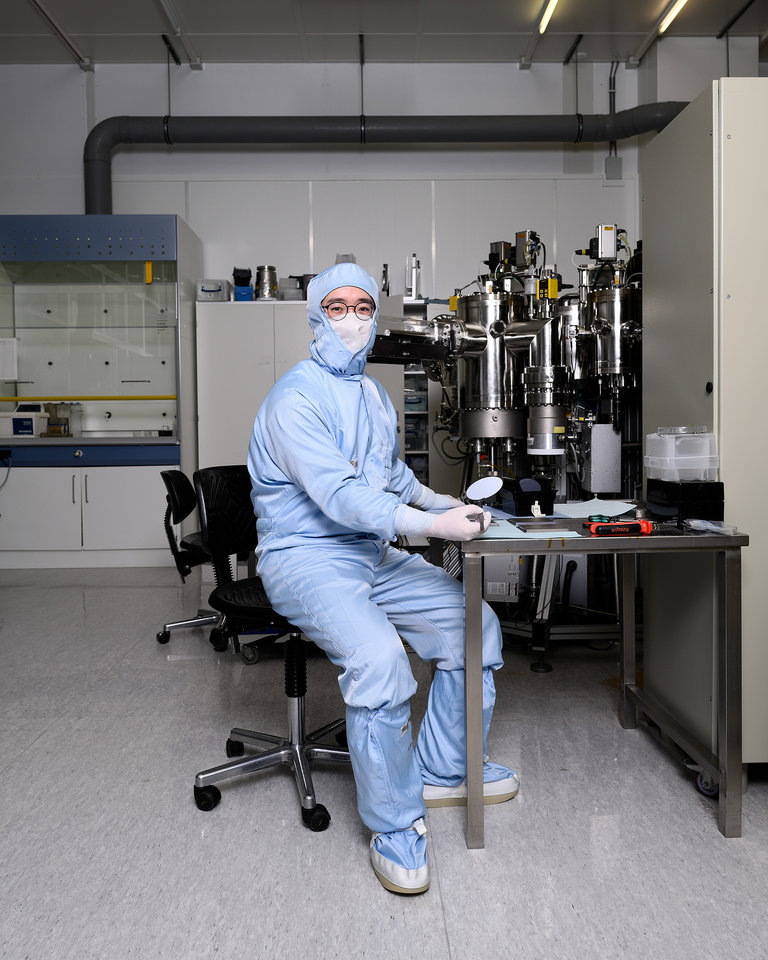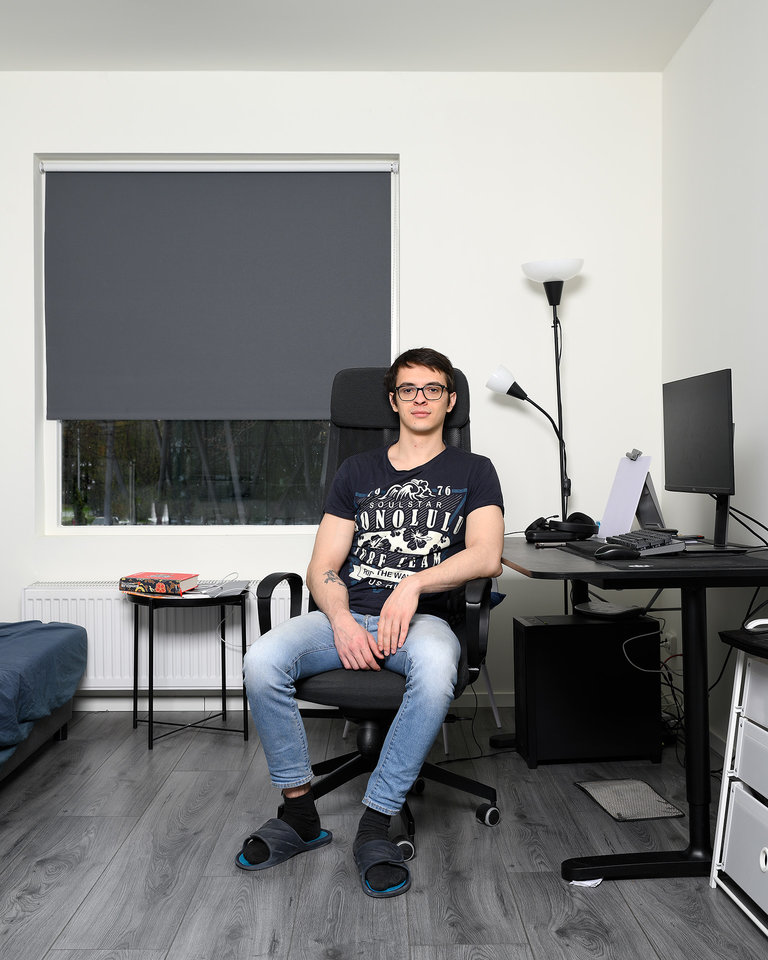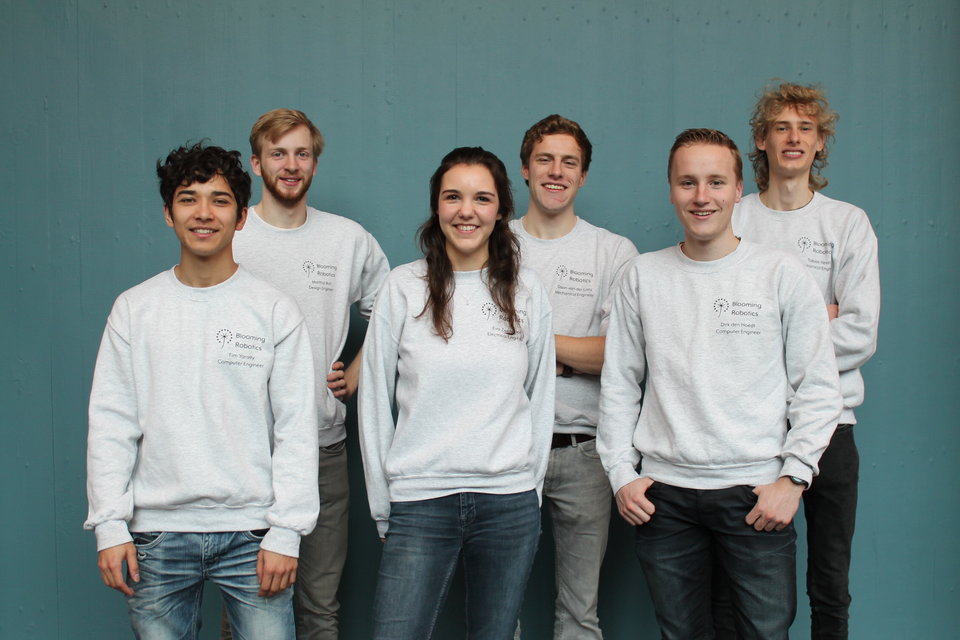Cinzia Silvestri (Electronic Components, Technology and Materials) will obtain her PhD on Friday July 7th with her thesis titled Carbon Nanotube based solutions for on-chip thermal management. Her work aimed at investigating the possibility to adopt horizontally and vertically oriented CNTs as based material for on-chip cooling solution. Cinzia was supervised by Professor Sarro and Professor Zhang. Her start-up BIOND received an NWO take-off grant this week.
Summary of thesis
The performances of microelectronic and optoelectronic devices are often severely limited by high temperatures and insufficient heat management. Therefore, when considering device fabrication and packaging, it is important to select materials based on their thermal performance. The increasing demand for more integrated functionality and miniaturization of microelectronic systems is pushing the limits of traditional cooling and packaging approaches. In fact, thermal management may well be the major bottleneck of the next electronics revolution. Efficient thermal management solutions are required at chip level as well as at system level. For example, heat dissipation is fundamental in microprocessor and integrated circuits (ICs) as in current mobile electronic or in server farms. Moreover, self-heating in applications like high power light-emitting diodes and solar cells affects their long-term stability. Therefore, novel cooling solutions are being developed based on nanotechnologies and functional nanomaterials. In particular, nanomaterials are mainly used as localized on-chip cooling solutions. They span from harvesting thermal energy, by using piezoelectric nanowires and super-lattice thin films, to heat spreading through graphene layers or nanocrystalline diamond, towards carbon nanotubes (CNTs) as thermal interface material (TIM) and heat sinks.
In this respect, CNT-based macroscopic composite materials appear to be a promising candidate for achieving effective local heat dissipation. In fact, CNTs are one of the few nanoscale materials that can be grown from a bottom-up template, which is lithographically defined and patterned using a CMOS compatible process. This makes the material extremely suitable for large-scale integration with microelectronics, replacing the need for heterogeneous integration and assembly of bulky macro-cooling solutions. It is well known that carbon allotropes and their derivatives possess superior thermal properties. This thesis aims at investigating the possibility to adopt CNT-based materials as building blocks for on-chip cooling solutions. CNTs can grow fast (growth rate of around 20 μm min−1) and can span size scales ranging from nanometers to centimeters. Our effort were allocated to the design, fabrication, characterization and enhancement of both high-aspect-ratio vertically-aligned CNTs (VA-CNTs) as well as nanometer functional thin films based on horizontally aligned CNTs (HA-CNTs). Individual carbon nanotube has shown superior thermal, mechanical, electrical and optical properties.
Unfortunately, these excellent properties are difficult to be preserved in macroscopic applications. Therefore, for analysing and predicting microelectronic system performance, it is imperative that the CNT material properties are characterized and optimized. To characterize the thermal performance of several VA-CNT configurations a novel measurement approach was developed combining MEMS microhotplates (MHPs) with high-resolution thermographic analysis. We quantify the equivalent natural convective heat transfer coefficient between solid–air interface (Hc), the radiative heat transfer coefficient (Hrad) and the CNT nanofoam effective thermal conductivity (keff) over a wide temperature range. In particular, at the VA-CNT nanofoam demonstrated a gradually increase of the effective thermal conductivity with temperature from: 1.04 W m−1 K−1 at 369 K to 2.24 W m−1 K−1 at 510 K.
To achieve HA-CNTs, a spatially programmable folding technique is optimized for CNTs synthetized on both insulating (alluminum oxide (Al2O3)) and electrical conductive (zirconium nitride (ZrN)) barrier layers. The achieved HA-CNT sheets were integrated at wafer scale, and thermally and electrically characterized. They show high robustness thus increasing the possibility to introduce CNTs in standard microfabrication processes.
For both VA- and HA-CNTs, we present a method to take advantage of their foam-like morphology by using them as scaffolds for creating reinforced heterostructures with tailored material properties. In particular, we achieved up to 181% of thermal conductive transport enhancement in VA-CNTs conformally coated with a nanometer layer of amorphous silicon carbide (a-SiC). In HA-CNTs, an impressive enhancement in electrical conductivity is measured, approximately 209% for the Al2O3 coated HA-CNTs and 2276% for the a-SiC ones. From the thermal point of view, the Al2O3 coating increases the temperature distribution uniformity of the HA-CNT sheet, while after coating the sheets whit a-SiC, the thermal conductivity increases from 9.4 W m-1 K-1 to 260 W m-1 K-1. The observed thermal transport capability of CNT nanofoam provides crucial insights for their application as localized and customized on-chip cooling solutions for consumer electronics. In addition, the results obtained are significant for theoretical modelling, as well as for several devices: thermoacoustic transducers, thermochromic displays, chemical and optical sensors, and nanotexturing for solar devices.























